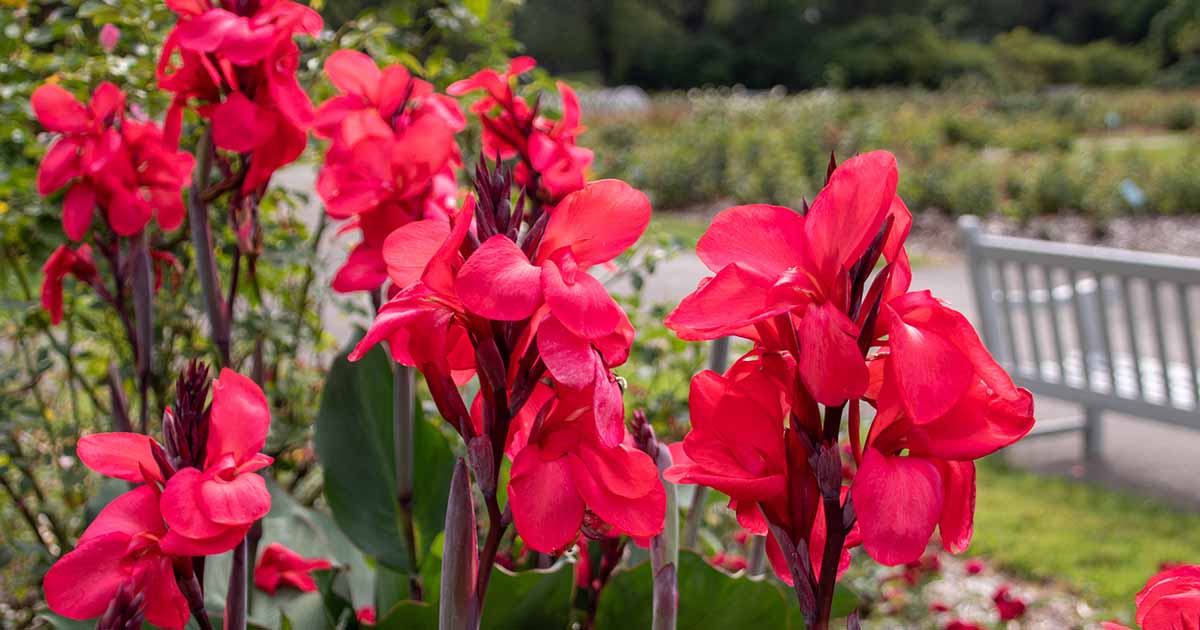Download PDF
5 Reasons to Cool Down with Warm Season Vegetables
- Saves you lots of money
- Fun to do with the kids
- Gets you outside into the fresh air & sunshine
- Provides the best flavor, freshness & nutrition
- Satisfaction of growing your own food
With thousands of varieties of vegetables available, you can plant any vegetable you like in your garden. Ah, but success – well, that’s a different story. Choosing the right veggies will make a big difference for your garden.
First Thoughts
Here are some other important things to think about that will also help you narrow down your choices:
Location, location, location. Full sun is best (or at least 6 hours of it). Without it, you need to choose veggies that appreciate shade.
Garden Size and Design. Less space doesn’t always mean less yield. Planting in traditional rows takes a lot of room, but “square foot gardening” maximizes the amount of plants (and produce) in a small space.
The seed of an idea – consider plants. Choosing plants is less work than starting seeds, but seeds offer more variety. Remember to allow enough time to start seeds indoors. Plants or seeds, learn as much as you can about them before planting.
That’s rich: good organic soil. If you don’t have good garden soil, fortify it with compost or a good garden soil like Espoma Planting Mix, available at garden centers.
Big and small appetites – Heavy feeders, such as cabbage family crops, coexist better with less demanding plants.
Narrow it down
Make a short list. Start first with your favorite vegetables, or look online or at a seed catalog for inspiration. Then identify your priorities. Do you want a long harvest? Big quantities? Easy to grow? Speedy harvest? Perhaps it’s just the incredible homegrown flavor of a few favorites that inspire you. If you’re still having trouble deciding, here’s some of our warm season favorites.
Our Six Favorite Warm Season Vegetables:

Cucumbers
Coolest of them all. And Juicy. Popular for eating fresh or for making pickles.

Eggplant
Deep Purple Glossy Beauty. Have a pleasantly bitter taste and a spongy texture.

Zucchini Squash
Cylindrical, smooth & dark green – and oh yeah – abundant. Has a creamy white tender flesh. The bush-like plants are vigorous and the fruits are best when 6-8″ long.

Tomatoes
Tomato, tomahto – however you say it – they come in all shapes and sizes. Whether for sauces or slicing, we grow tomatoes for one mouthwatering reason: the fruit.

Bell Peppers
There’s a suggestion that rings true. Sweet & Crisp. Plants produce fruits in different colors, including red, yellow, orange, green, chocolate/brown, vanilla/white, and purple.

Bush String Beans
A Snap to Grow. Bush beans stand erect without support. They produce juicy, tender pods.
Tasty Tips
- Feeding. Fertilizing your crops is critical to getting the most produce. But remember, overdosing plants with synthetic fertilizers can burn them or create tall, spindly plants that actually produce less. Use a high-quality organic plant food like Espoma’s Garden-tone® or Tomato-tone®.
- Form follows function. Watering Employ a consistent (and thorough) watering schedule. Water plants at the base, not the foliage. But remember, vegetables don’t grow well in swamps.
- Pest control. Consider organic methods to control garden pests. Remove larger insects and caterpillars by hand. Espoma Insecticidal Soap is an effective way to control harmful bugs. If you do use pesticides – always follow directions carefully.
- Harvest. If it looks ready, give it a try. With many vegetables, the more you pick, the more will be produced. And bring the kids – it’s their favorite part.
- Well-tended is well-intended. Defeat weeds as soon as they start. They will compete with vegetable plants.
Thanks for reading our overview on warm season vegetables. We hope this information is helpful. The way we see it, why pick and choose, when you can choose and pick?











